Bridging The Workforce Ecosystem: The Power of True Interoperability
We all know the frustration of running an outstanding learning program only to encounter challenges connecting talented individuals with available...
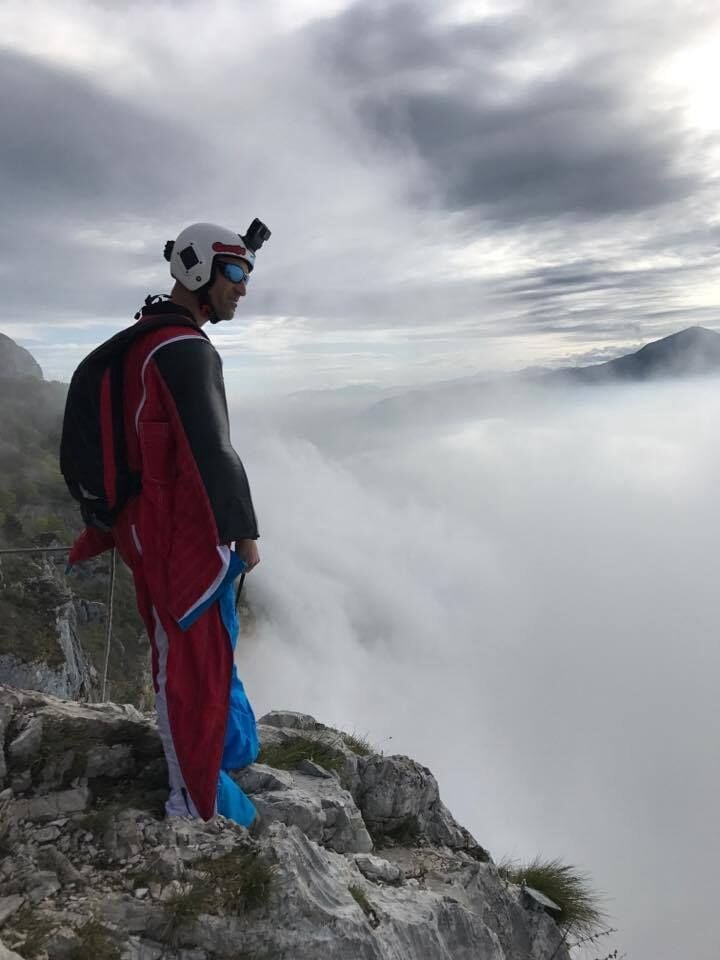
When I talk to him, World Wingsuit Champion and elite wingsuit instructor Chris Geiler is gearing up for a busy day jumping his wingsuit from Italian cliffs. The road to terminal pasta-opia has been a long one, as Chris was born quite literally on the opposite side of the world—a small town in Western Australia, “in the middle of nowhere,” as Chris puts it. He spent his early childhood moving from state to state in Australia with his mom.
“It’s a hard question, when somebody asks where I’m from,” Chris laughs. “The travel just never stopped.”

The background scenery may have been in constant flux, but at least one part of Chris’s life was absolutely consistent: sport. “I grew up in the ocean, surfing and scuba diving,” he explains. “The owner of the local dive shop basically created a job for me at age 15 because he knew I couldn’t afford to be paying for dives,” he continues. “At the start I was washing all of the rental gear and filling dive tanks, but as I got more experience, then I started being the one to take people on check dives. Looking at it now, I see it wouldn’t have been intimidating for the person being checked out because they were diving with this young kid. They thought they were looking after me, but in fact I was looking after them. The dive shop owner got a lot of mileage out of that.
“I competed at track and field and cross-country running, too, for years,” he continues, “And when I started to have knee problems, I got into racing cross-country mountain bikes, and road cycling, too. I was doing quite well. My goal was always to go to over to Europe and race for a team over there, but I came to the realization that the only way you are ever going to get anywhere—up to the really high end in the sport—is to get on the juice like everybody else. That was really depressing for me, because I loved training. I used to do about 500 miles a week. I quit at around age 19, when I realized that there wasn’t really a future in it.”
That hunger for hard work might not have poured Chris into spandex for the Tour de France, but it would serve him predictably well regardless. After he left racing, Chris started alternating the ski and scuba seasons.
From there, things really started to pick up. After he’d been traveling for a year, a chance meeting in Florida landed Chris a temporary gig on a superyacht. One thing led to another, and that “couple of weeks” quickly turned into permanent work on boats of the most prestigious level. One of these was based in Italy, and—flush with cash and parked conveniently close to a dropzone—Chris entered the next phase of his life. He learned to skydive.
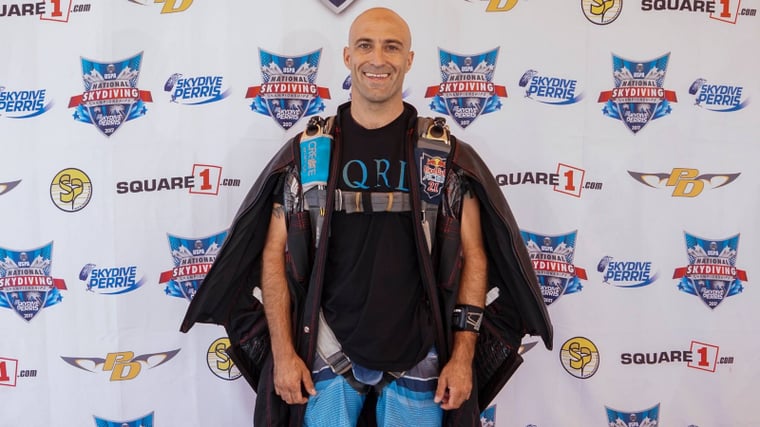
“I spent a long time on student status,” he laughs. “Because, in Italy, you need to have 50 jumps before you get your license. When I went to other countries on the boat, I couldn’t jump there. In Turkey, they wanted me to get a medical signoff from a board of twelve doctors. Because of that, the one thing I could do was go and spend time in the tunnel. Before I had 50 jumps, I had four hours in the tunnel, and that really helped me with my skills in the air.”
Those skills in the air turned to solid gold last year, when Geiler stood on the middle podium at the 1st FAI World Wingsuit Performance Flying Championships. He wowed judges again, taking the podium in many Wingsuit Performance Flying Events, including earning gold in the Wingsuit Performance Event at the USPA National Skydiving Championships in 2017.
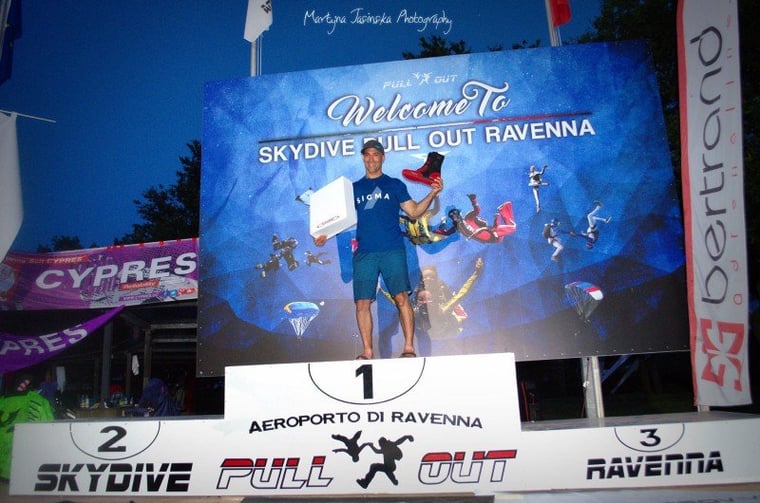
“Of course it’s very satisfying to win those medals,” he adds, “But honestly, I am only ever really competing against myself. To be able to do that and to see that I could get to the level that I had aspired to—and to do the RedBull Aces—that’s really cool.”
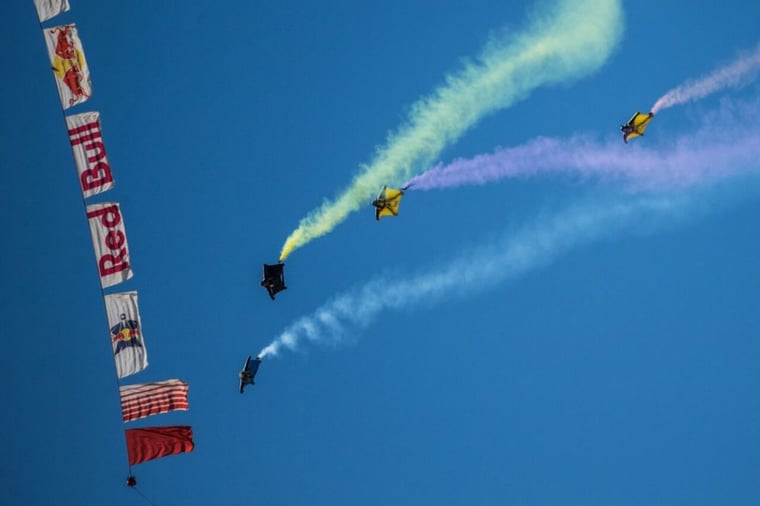
Notably, Chris credits his uncommonly slow progression to his current world-champion status. “I had well over a hundred jumps in my P3 before I got a larger suit,” he explains, “And the next wingsuit I got wasn’t huge. I took the time to learn to fly my body a lot better, instead of compensating for lack of skills with a larger suit. It’s good to be able to lead by example with that when I teach.”
Chris also leads by example in the thoughtful way he engages new students. To this end, he uses the Sigma Merits system to track progression.
“The Merit system shows the level of training that they arrive with and what they carry with them from the time they spend learning with me,” he explains. “Logbooks have been a big problem in the past, because I’m not necessarily able to recognize someone’s signature, so I don’t know if it’s real. With a merit, you know that the organization that has issued the merit has been vetted. It’s more credible. When you’re looking at merits, you can see who the person has been trained by and the kind of caliber that that person is. Hopefully that paints a better picture of what someone’s skill level is.”
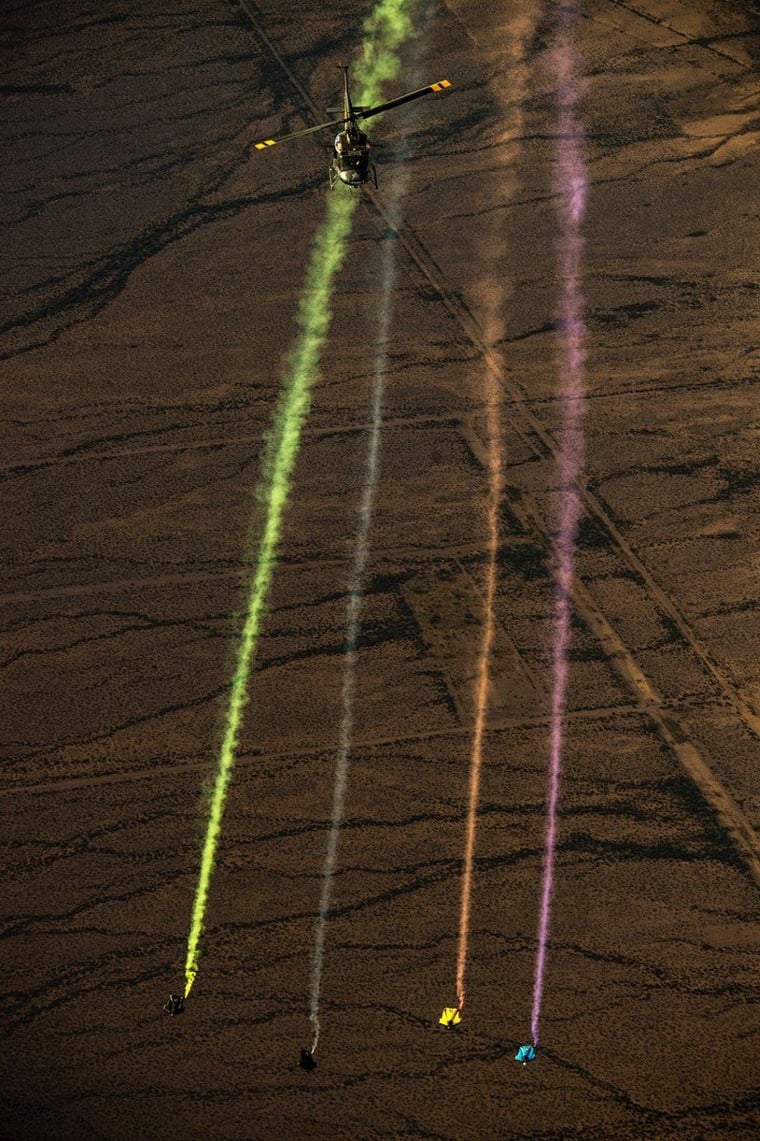
Credibility, as Chris notes, can only optimize the training process for a discipline as exacting as wingsuiting.
“One of the big reasons I started coaching was that I really wanted to try and do something to make the educational system better,” he continues. “We are putting a lot more into first jump courses than we used to, into making sure that the people actually retain the skills that they are learning. We don’t want to just give somebody the car; we want to give them the road map.”
At the end of the day, releasing happy, competent students into the world gives Geiler an enormous amount of joy. Chris fully intends to keep earning medals, but it’s his coaching work that he loves best. “Teaching is really my end goal,” he smiles. “I see myself more in a coaching role, where, hopefully, I can help with progressing the sport, getting people learning the right way and speeding up their progression, so the sport can also progress, and so there are people in the future who are out there breaking all the records and taking the sport to the next level.”
“The sport is just so young at the moment,” Geiler continues. “It has been in the trial-and-error phase for a while. Now, we’re starting to learn a lot more and, with stuff like Sigma, shake off some of the problems that were plaguing it. It helps me be a safe and responsible influence for those who choose to follow on the same path.”
To train with Chris Geiler, reach out to him through his website.
We all know the frustration of running an outstanding learning program only to encounter challenges connecting talented individuals with available...
Connecting learners and job seekers to meaningful pathways requires steady collaboration between education, workforce, and training agencies. When...
Merit and Associated Builders and Contractors (ABC) of Iowa have announced a partnership aimed at digitizing apprenticeship records and modernizing...